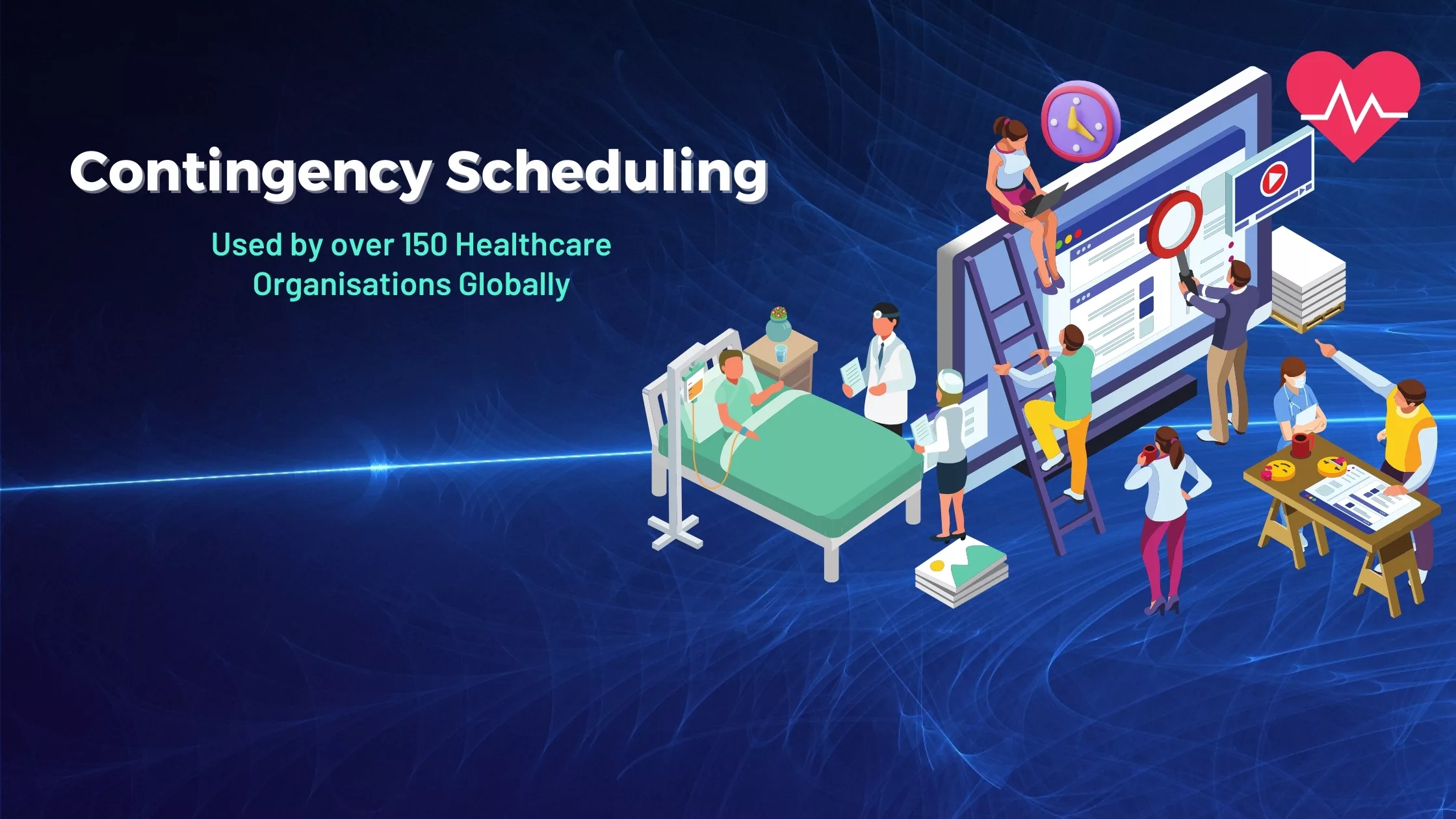In the ever-evolving landscape of healthcare, unexpected events such as strikes can pose significant challenges to maintaining essential services. Recently, the looming strike by junior hospital doctors in New Zealand has once again highlighted the importance of robust contingency planning in healthcare rostering. In this blog post, we look into the critical role of contingency modules, particularly Core Schedule’s innovative solution, in addressing resourcing concerns during such disruptions.
Understanding the Challenge: Resourcing Concerns in Healthcare Rostering
At the heart of Core Schedule’s mission lies a commitment to personalised healthcare. Core Schedule enables healthcare providers to create tailored rosters that meet the unique. The impending strike by junior hospital doctors, as reported by RNZ, underscores the complexity of managing resourcing concerns in healthcare. The Resident Doctors’ Association’s decision to issue a strike notice due to stalled pay talks reflects the delicate balance between workforce satisfaction and operational stability. With potentially significant disruptions to services on the horizon, healthcare organisations face the daunting task of ensuring adequate staffing levels to maintain patient care standards.
The Need for Contingency Planning: Mitigating Disruptions and Ensuring Patient Care
Effective contingency planning emerges as a linchpin in safeguarding healthcare continuity in times of crisis, such as strikes. By anticipating and preparing for disruptions, healthcare institutions can mitigate the impact on patient care and operational efficiency. Contingency modules, integrated within rostering systems, offer a proactive approach to resource management, enabling swift adaptation to unforeseen events.
Introducing Core Schedule's Contingency Feature: A Shift in Healthcare Rostering
Core Schedule’s Contingency Feature represents a paradigm shift in healthcare rostering, empowering organisations to navigate challenges with agility and precision. At its core, this solution harnesses advanced features and real-time data to optimise staffing levels in response to dynamic circumstances. It streamlines the process of contingency planning, offering healthcare administrators unprecedented control and flexibility.
Key Features and Benefits: Enhancing Operational Resilience
As we navigate the complexities of the digital health landscape, Core Schedule stands for innovation, driving positive change and
The Contingency Schedules’s robust feature set equips healthcare organisations with the tools needed to adapt swiftly to disruptions. Key features include:
- Scenario Planning: Healthcare administrators can simulate various strike scenarios and assess their impact on patient care, allowing for informed decision-making.
- Real-Time Monitoring: With live updates, the module ensures timely interventions to address emerging challenges.
- Resource Optimisation: The module maximises operational efficiency while minimising disruptions by optimising staff deployment based on skillsets and availability.

Conclusion: Safeguarding Healthcare Continuity Through Innovation
As healthcare organisations grapple with the looming challenges posed by strikes and other disruptions, the imperative for effective contingency planning has never been more apparent. Core Schedule’s Contingency Feature stands at the forefront of this endeavour, offering a transformative solution to resourcing concerns in healthcare rostering. By embracing innovation and harnessing the power of technology, healthcare institutions can navigate uncertainty with confidence, ensuring uninterrupted access to quality care for patients.

